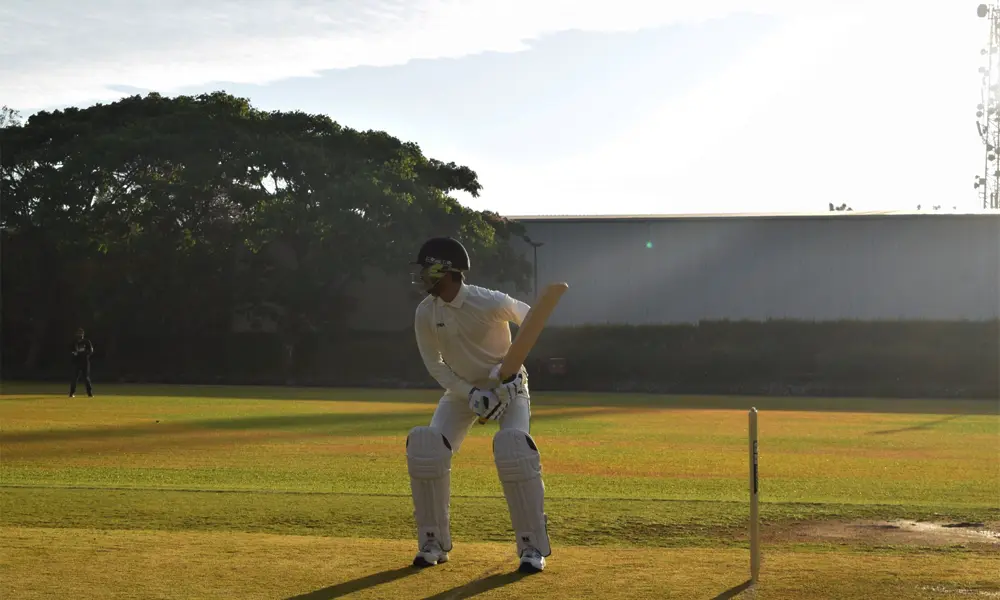Mastering Cricket's Defensive Art: Fielding Positions and Strategies Explained

Fielding in cricket is not just about stopping runs or taking catches; it's a strategic art form that plays a pivotal role in the outcome of matches. Understanding the various fielding positions and the strategies behind their placements is essential for both players and fans alike. This blog delves into the intricacies of fielding positions in cricket, shedding light on their roles, nuances, and the strategic thinking that goes into optimizing them for different game situations.
The Basics of Fielding Positions
In cricket, fielding positions are strategically placed around the field to maximize defensive coverage and exploit batting weaknesses. Each position has a specific role and contributes to the overall team strategy. Here are some key fielding positions commonly seen in cricket:
- Slips: Positioned behind the batsman on either side, slips are used to catch edges off the bat. Slip fielders need quick reflexes and excellent catching ability.
- Gully: Located behind point, gully is another catching position primarily for balls edged towards the ground.
- Third Man: Positioned near the boundary behind the batsman on the off-side, third man is tasked with stopping runs and catching skied shots.
- Deep Fine Leg: Placed near the boundary on the leg side, deep fine leg fields the area behind square leg to prevent boundary shots.
- Cover: Positioned on the off-side between point and mid-off, cover fields ground shots and drives.
- Mid-off and Mid-on: Fielders placed straight in front of the batsman on the off and leg sides, respectively. They prevent straight hits and aim to stop quick singles.
Strategic Considerations
- New Ball vs. Old Ball: Fielding positions may vary depending on whether the ball is new (hard and swings more) or old (softer and less movement).
- Spin vs. Pace Bowling: Field settings differ significantly for spinners (who aim for turn and deception) and fast bowlers (who seek pace and bounce).
- Attacking vs. Defensive Fields: Teams adjust their fielding positions based on the game situation. Attacking fields might have more slips and close-in fielders, while defensive fields place emphasis on boundary protection.
Captaincy and Decision Making
- Dynamic Adjustments: Captains constantly assess the game's momentum and adjust fielding positions accordingly. They may move fielders to exploit a batsman's weakness or to protect boundaries.
- Bowling Changes: Fielding positions often change with each new bowler to complement their strengths and exploit the opposition's vulnerabilities.
Role of Specialist Fielders
- Wicketkeeper: Stands behind the stumps and is crucial for catching edges, stumping batsmen, and general fielding support.
- Slip Fielders: Typically the most skilled catchers in the team due to their close proximity to the batsman.
Team Dynamics and Communication
- Communication: Effective communication between fielders and the bowler is essential for coordinating fielding positions, setting traps for batsmen, and preventing misfields.
- Teamwork: Fielding is a collective effort requiring teamwork, discipline, and anticipation. Each player must understand their role and support teammates to maintain pressure on the opposition.
Conclusion
Fielding positions in cricket are not just static arrangements but dynamic components of strategic gameplay. Understanding these positions and their strategic implications enhances one's appreciation of the tactical nuances that unfold during matches. Whether you're watching from the stands or playing on the field, grasping the intricacies of fielding positions enriches the cricketing experience and deepens your understanding of this beloved sport's defensive aspect.

